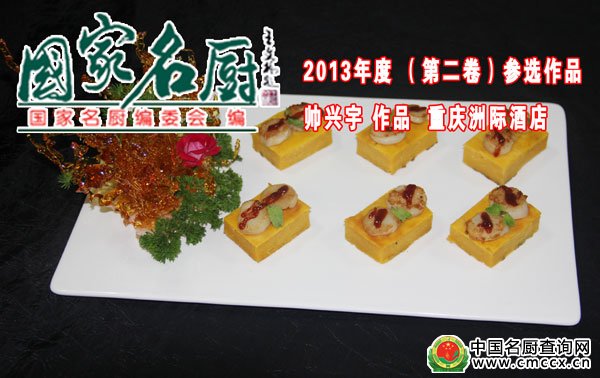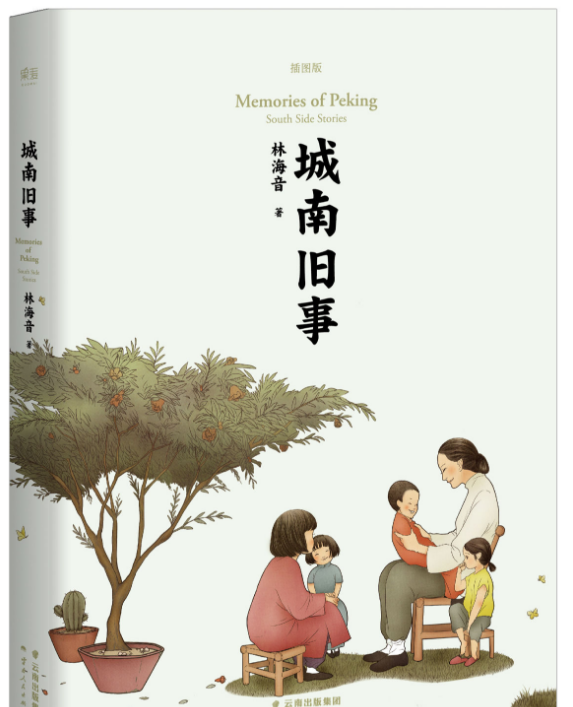托尔斯泰简介或复活简介
的有关信息介绍如下:
百度百科上有http://baike.baidu.com/view/6208.htm 列夫·尼古拉耶维奇·托尔斯泰(ЛевНиколаевич Толстой)(1828~1910) 19世纪末20世纪初俄国最伟大的文学家,也是世界文学史上最杰出的作家之一,他的文学作品在世界文学中占有重要的地位。代表作有长篇小说《战争与和平》《安娜·卡列尼娜》《复活》以及自传体小说三部曲《幼年》《少年》《青年》。其它作品还有《一个地主的早晨》《哥萨克》《塞瓦斯托波尔故事集》等。他也创作了大量童话。他以自己一生的辛勤创作,登上了当时欧洲批判现实主义文学的高峰。他还以自己有力的笔触和卓越的艺术技巧辛勤创作了“世界文学中第一流的作品”,因此被列宁称颂为具有“最清醒的现实主义”的“天才艺术家”。 托尔斯泰思想中充满着矛盾,这种矛盾正是俄国社会错综复杂的矛盾的反映,是一个富有正义感的贵族知识分子在寻求新生活中,清醒与软弱、奋斗与彷徨、呼喊与苦闷的生动写照。托尔斯泰的作品纵然其中有反动的和空想的东西,但仍不失为世界进步人类的骄傲,他已被公认是全世界的文学泰斗。列夫·托尔斯泰被列宁称为“俄国革命的镜子”。 长篇小说《复活》(1889~1899)是托尔斯泰晚年的代表作,情节的基础是真实的案件。贵族青年聂赫留道夫诱□姑母家中养女、农家姑娘卡秋莎·玛斯洛娃,导致她沦为妓女;而当她被诬为谋财害命时,他却以陪审员身份出席法庭审判她。这看似巧合的事件,在当时社会却有典型意义。小说一方面表现作者晚年代表性主题——精神觉醒和离家出走;主要方面则是借聂赫留道夫的经历和见闻,展示从城市到农村的社会阴暗面,对政府、法庭、监狱、教会、土地私有制和资本主义制度作了深刻的批判。不过,作品的后面部分,渐渐突出了不以暴力抗恶和自我修身的说教。托尔斯泰的力量和弱点,在这里得到最集中最鲜明的表现。 Leo Tolstoy. Russian writer, one of the world's greatest novelists. The scion of prominent aristocrats, Tolstoy spent much of his life at his family estate of Yasnaya Polyana. After a somewhat dissolute youth, he served in the army and traveled in Europe before returning home and starting a school for peasant children. He was already known as a brilliant writer for the short stories in Sevastopol Sketches (1855 – 56) and the novel The Cossacks (1863) when War and Peace (1865 – 69) established him as Russia's preeminent novelist. Set during the Napoleonic Wars, the novel examines the lives of a large group of characters, centring on the partly autobiographical figure of the spiritually questing Pierre. Its structure, with its flawless placement of complex characters in a turbulent historical setting, is regarded as one of the great technical achievements in the history of the Western novel. His other great novel, Anna Karenina (1875 – 77), concerns an aristocratic woman who deserts her husband for a lover and the search for meaning by another autobiographical character, Levin. After its publication Tolstoy underwent a spiritual crisis and turned to a form of Christian anarchism. Advocating simplicity and nonviolence, he devoted himself to social reform. His later works include The Death of Ivan Ilich (1886), often considered the greatest novella in Russian literature, and What Is Art? (1898), which condemns fashionable aestheticism and celebrates art's moral and religious functions. He lived humbly on his great estate, practicing a radical asceticism and in constant conflict with his wife. In November 1910, unable to bear his situation any longer, he left his estate incognito. During his flight he contracted pneumonia, and he was dead within a few days. 找的别人的关于托尔斯泰的英文简介~



